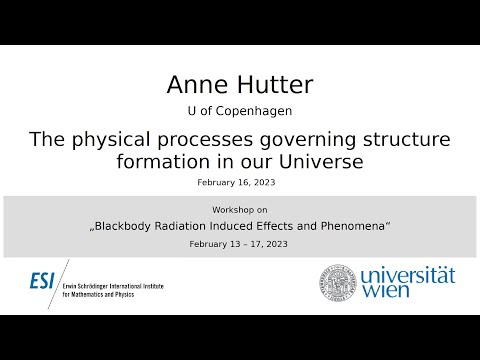Description:
Save Big on Coursera Plus. 7,000+ courses at $160 off. Limited Time Only!
Grab it
Explore the fundamental physical processes driving structure formation in the Universe in this comprehensive lecture. Delve into the evolution from primordial hydrogen and helium to the complex web-like structures observed today. Examine the interplay between gravitational forces and hydrodynamic pressure in shaping cosmic structures, and understand the crucial roles of turbulence and radiative cooling in star and galaxy formation. Investigate how the chemical composition and temperature of collapsing gas influence stellar masses and their resulting blackbody radiation. Learn about the impact of stellar populations and supernova explosions on galaxy evolution and intergalactic gas. Gain insights into astronomical approaches for understanding these processes through the analysis of light emitted by galaxies and intergalactic gas. Cover topics such as the cosmic web, redshift, types of stars, interstellar medium, supernova feedback, escape fraction, and simulations. Conclude with an exploration of open questions in the field and a look at future statistical analysis techniques.
Read more

The Physical Processes Governing Structure Formation in Our Universe
Add to list
#Science
#Astronomy
#Cosmology
#Star Formation
#Physics
#Gravitation
#Fluid Mechanics
#Hydrodynamics
#Fluid Dynamics
#Turbulence
#Blackbody Radiation